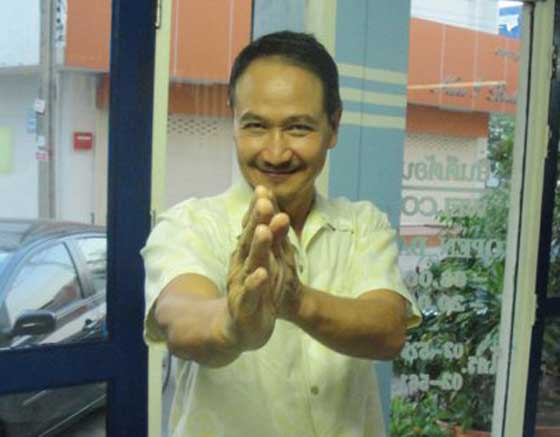
Wing Chun Masters: Danny Xuan
March 06, 2014
“Some of WC is difficult for non-Asians because of the cultural differences. For example, Asians tend to yield to incoming force, whether physical or mental. That’s part of the Confucius teaching instilled in them. Westerners have a tendency to deal headon with incoming force. Thus, the BIG concept come to play. The bigger you are, the better you are equipped for oncoming force. Wing Chun is about yielding. It takes time for non-Asians to grasp that.”
Danny Xuan
First, I want to say I am not writing these “Wing Chun Masters” articles in order of importance or even in their order of importance to me.
The most important master to me would be Gregory LeBlanc, my Sifu, but I haven’t written about him (directly) yet.
I basically write them when I realize I have a body of material (this helps of course) and that this person is saying some really smart things and clearly has a body of experience that warrants respect and attention.
Which brings me to Danny Xuan.
What I like about Sifu Xuan is his emphasis on the responsibility of the individual to make Wing Chun their own.
This jibes with my experience and is something every Wing Chun student should know. Even before you finish the system (learning all the elements), you will start to diverge from your teacher. This is correct and natural. You have different attributes (height, strength, speed, structure, fluidity, etc) than your teacher naturally possesses. So you will emphasize your strengths and compensate for your weaknesses.
Gary Lam (big) and Hawkins Cheung (small) have completely different fighting strategies.
I have long arms and I’m naturally fast. I used to be skinny and now I guess I’m slender. I’m not that sensitive (in my arms ) and it takes me a long time to learn movements in such a way that all the elements move fluidly in one action. But I’m curious and strong academically. These strengths and weaknesses are different than those of my teacher.
Why would I fight like him?
Greg LeBlanc’s Wing Chun is very different from David Peterson’s Wing Chun, and this is no fault of either man. Its natural. We all construct our own Wing Chun. This is why its so important to learn the whole system so you can communicate it to your students, who may need other pieces of it than those which suited you.
This is one of the roots of the differences in lineages.
I first encountered Sifu Xuan’s teachings through the website for his schools in China and Thailand, where he has posted a number of articles and videos and offers paid video training (which I didn’t try – I think video can enhance but not replace in-person teaching).
This is the website: Wcats – the websiite for Wing Chun Academy of Thailand (also called Siam Wing Chun).
He used to live and teach in China and Thailand and I think he moved to Canada in 2012, where he is setting up shop.
Another stance Sifu Xuan has commented about is the size of Wing Chun classes – he feels Wing Chun cannot be correctly learned in large classes and I agree with this as well. Its too bad, because people need to make a living, but Wing Chun requires close supervision and frequent demonstrations to communicate how things FEEL.
How a Fook Sao feels when correctly displacing an incoming action cannot be seen from the back of the class. The timing of striking on the half beat or the quarter beat cannot be seen. Making an opponent wrong by initiating a slight disturb cannot be shown, even from a few feet. It has to be felt.
Most importantly, you have to feel it to believe it.
A lot of Wing Chun looks like a deluded Sifu and their student from a distance. When Gary Lam makes people “fly away,” it looks like bullshit, like the student is jumping on purpose. But its not bullshit – it helps a lot to feel that force and find yourself launched into space.
Usually, he’s being nice and he sends you off with a Tan to your center instead of a big fist into the center of your skull. There is a picture of me somewhere – Sigung Lam is standing there very relaxed and I am a blur flying out of the frame.
